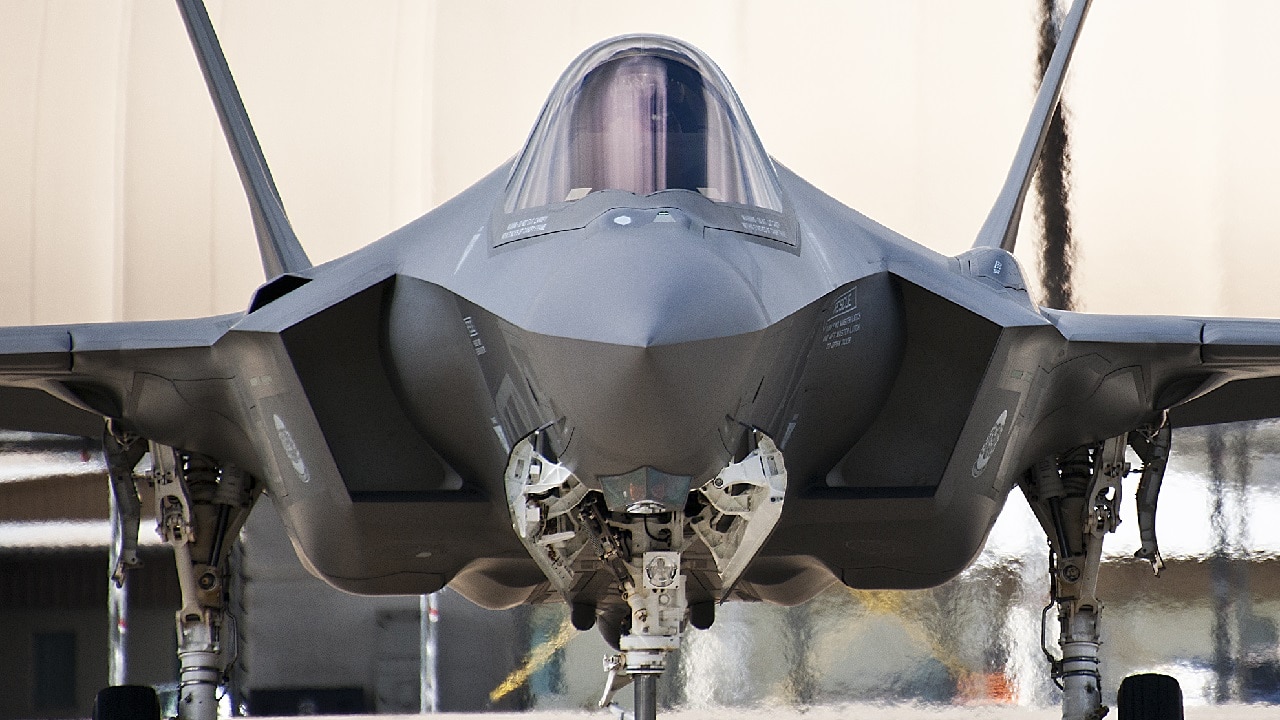Trying to work for Uncle Sam is like “applying simultaneous and equal pressure to a vehicle’s brakes and accelerator.” Whether it’s the Pentagon customer or board of directors-equivalent in Congress, when it comes to the defense industrial base “the pressure to accelerate is being met with equal and abrupt pressures to reduce speed,” according to NDIA’s Jen Stewart.
Ask any company CEO and you’ll hear story after story about
defense contracting slowness despite supporting two wars;
-the inability to knock on the right office door to showcase cutting edge technology;
-private funding and tech refresh cycles that occur in the fraction of time it takes the government to even respond to an initial inquiry;
-the complex maze of rules and regulations one must master to even compete; and,
-the endless cul-de-sac of chicken-and-egg Pentagon acquisition in which no one will start a new program without “requirements,” but no requirements can be established without someone first taking interest in novel capability.
Washington’s 3-decadelong peacetime posture was best crystallized after the war in Ukraine sparked demand that industry simply could not meet quickly. The reasons for an inability to ramp up are vast and have taken decades to solidify and therefore years to un-do.
The paradox of expectations versus reality were showcased in a recent NDIA report, which highlights the many causes of America’s inability to surge production at scale, noting:
“policymakers expect the defense industrial base to rapidly expand production capability before contract vehicles are awarded, but companies must justify pre-contract award capacity expansion to investors and navigate current government policies and regulations that discourage holding onto surge capacity.”
Modern war is proving to be a grueling and long endeavor. Washington is slowly waking up to the fact that the defense industrial base cannot be gunned up with the flip of a switch as years of neglect have resulted in depleted workforces, outdated facilities, fragile suppliers, single sources of supply, and a lack of capacity.
From the consolidation of firms and suppliers to long lead times for parts and energetics, real concerns about running out of munitions in a fight against China or being unable to sustain deterrence in the Middle East are becoming more consequential possibilities.
Increasingly it seems prudent to build-in some excess industrial capacity within key industries like munitions and shipbuilding in order to sustain forces engaged in long wars, rapidly resupply forces forward, and allow for mobility in contested logistics environments.
As with many problems facing Pentagon planners, the best explanation is to follow the money.
Uneven demand due to budgets lacking real growth has historically left industry to grapple with a continuous rollercoaster of procurement funding. Much of the defense industrial base operates in a monopsony market in which there is one buyer in Uncle Sam. The result is production is entirely reliant on annual orders that typically come in waves. The rinse and repeat cycle of peaks followed by troughs in defense modernization funds means there is never enough money to fully get over the finish line and complete the job.
The state of the US shipbuilding offers an illustrative example of how these industrial shortcomings are having tangible effects on the US-China competition.
China possesses largest navy in the world. Rapid Chinese naval expansion has been made possible by a robust civilian shipbuilding sector, as China accounts for 40 percent of global civilian shipbuilding manufacturing might. The US, on the other hand, accounts for just 0.5 percent.
Recent estimates indicate that Chinese shipbuilding capacity could be nearly 232 times that of the United States.
While China’s shipbuilding industry continues to grow, the United States’ continues to shrink. Industry has suffered from uncertain demand from the Navy, leading to fewer yards and trained workers. The United States is down to just five shipyards capable of building new warships.
Meanwhile, Chinese “civilian” shipyards are expanding capacity to meet an ever-growing demand for ships. In a protracted conflict, China’s expansive and capable shipyards would give its navy (and coast guard and maritime militia) the significant ability to replace losses and repair damages quickly.
Lacking excess shipbuilding capacity, the US Navy could not rely on this same outcome and could lose the war as a result.
Beyond new construction, research from Govini illustrates the extensive involvement of Chinese companies in the supply chains for US military hardware—ranging from the Ohio-class nuclear submarine to Tomahawk cruise missiles. A reliance on foreign sources of supply ensures lengthy work stoppages across the defense industrial base in the event of conflict, further hampering the United States’ ability to sustain combat operations.
Absent intervention, the US military’s ability to deter enemies will suffer. Beijing can count. Its leaders will only be deterred if they know the United States can sustain protracted conflict and resupply across fleets and inventories of ships, vehicles, aircraft, munitions and drones. To do this, steady production at levels above the bare minimum are required to build in excess industrial capacity and allow industry to match with its own investments.
Congress can begin to reverse the decline in manufacturing capacity by passing the national security supplemental, which includes crucial investments in munitions production and revitalization of the submarine industrial base. For the next fiscal year, Congress must work to restore real growth to the defense budget—something appropriators seemed inclined to support. Lastly, government customers must take a longer view of what will be required to redress years of neglect. Sustained funding for procurement is needed for the foreseeable future to bring the armed forces, and their partners in industry, back to good health.
About the Author
Now a 19FortyFive Contributing Editor, Mackenzie Eaglen is a senior fellow at the American Enterprise Institute (AEI), where she works on defense strategy, defense budgets, and military readiness. She is also a regular guest lecturer at universities, a member of the board of advisers of the Alexander Hamilton Society, and a member of the steering committee of the Leadership Council for Women in National Security.

